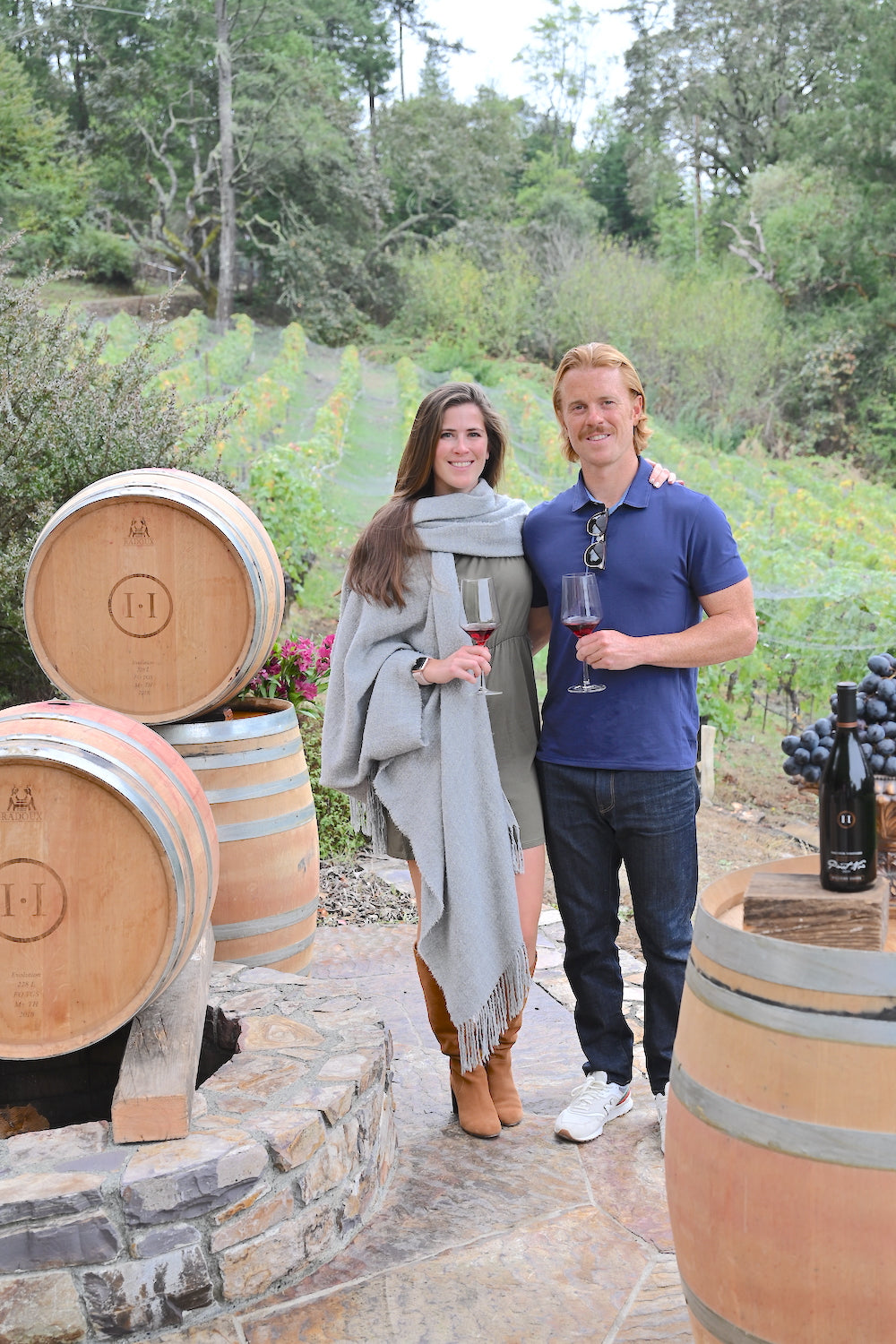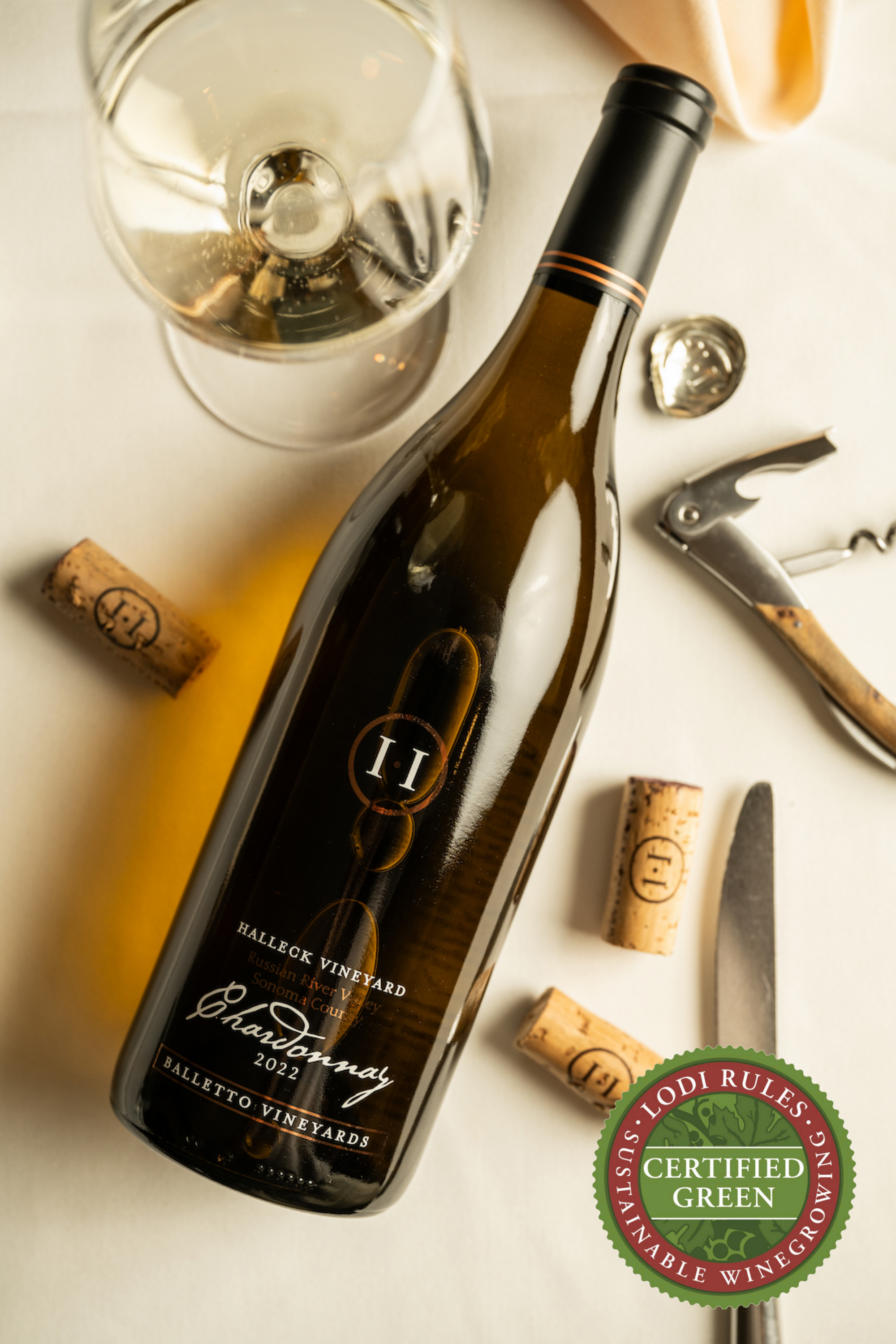Hidden Gem Wineries In Sonoma County - Sonoma Vineyards Worth Visiting
Hidden Gem Wineries In Sonoma County - Sonoma Vineyards Worth Visiting
Blog Article
Breathtaking Views From Sonoma Wineries - Exploring The Vineyards Of Sonoma
Wine tasting is an art that requires practice and an understanding of varied aspects involved within the process. One crucial element of wine tasting is the event and interpretation of tasting notes, which serve as a guide for each novices and seasoned connoisseurs. A Guide To Understanding Winery Wine Tasting Notes can improve your wine-tasting experience, making it more significant and gratifying.

Tasting notes are concise descriptions that seize the essence of a wine’s flavors, aromas, and overall character. Normally composed by professional tasters, winery tasting notes offer insights into the nuances of varied wines. They may help wine enthusiasts understand what to anticipate from a selected bottle. However, tasting notes can differ broadly in style and detail based mostly on the author's experience and palate.
Wineries With Beautiful Architecture - Celebrated Wineries Around Sebastopol
When you first approach a glass of wine, your senses will begin to interact instantly. The sight, odor, and taste of the wine will converge to provide you a complete experience. Tasting notes typically begin with the visible assessment, the place the color of the wine is taken into account. Colour plays a significant role in indicating the wine’s age, grape selection, and even its flavor profile.
After assessing the visible aspect, the subsequent step involves swirling the wine within the glass. This action aerates the wine, permitting its aromas to awaken. Smelling the wine provides important insight into its complexity. The preliminary sniff can deliver a flood of scents that will include fruity, floral, natural, or earthy notes. This is often essentially the most subjective part of tasting, as particular person experiences can dramatically differ.
In winery tasting notes, descriptors are often categorized into major, secondary, and tertiary aromas. Primary aromas often stem from the grape selection, secondary aromas derive from fermentation processes, and tertiary aromas arise from getting older. Understanding these categories might help you recognize the depth of a wine, and they additionally provide the vocabulary to precise your experience higher.
Wineries Offering Virtual Wine Tastings - Vines And Views In Sonoma Wine Country
Following the olfactory encounter, your focus will shift to the style of the wine. This is where the primary characteristics—sweetness, acidity, tannins, alcohol—come into play. Tasting notes usually detail these flavors in a number of dimensions, together with the preliminary assault on your palate to the lingering end in your tongue. A high-quality wine will present a harmonious steadiness between these elements.
While tasting, it's essential to ponder the physique of the wine, which can be described as light, medium, or full. The physique contributes significantly to your overall impression, serving to you consider how the wine pairs with food or whether or not it stands alone as a sipping wine. Balancing the body with the opposite characteristics will provide you with a fuller understanding of what the wine has to supply.
The finish of the wine, additionally referred to as the aftertaste, is one other important facet often included in tasting notes. A lengthy, nice end often indicates a better quality wine, whereas a short or cloying aftertaste could suggest in any other case. Evaluating the finish can provide further perception into the wine's complexity and distinction.
Understanding the context of winery tasting notes can also be priceless. Tasting notes can provide contextual details about the winery's location, climate, and grape-growing practices. This context provides another layer of appreciation for the wine, permitting enthusiasts to connect the sensory experience with its origins, thus enhancing the enjoyment additional.
Rustic Family-Owned Wineries In Sebastopol - Wine Tasting And Vineyard Tours In Sonoma
Many wineries present tasting notes on their web sites or labels, typically written in an approachable yet informative style. However, not all winery tasting notes are created equal. Some may be overly technical, whereas others may prioritize marketing aptitude over insightful evaluation. Learning to navigate these notes can arm you with the knowledge to make knowledgeable decisions when selecting wines.
Participating in tastings at wineries can even deepen your understanding of wine tasting notes. Interacting with educated employees can give you a extra hands-on strategy to exploring different wines and the language used to explain them. Wineries Known For Sustainable Practices In Sonoma. You'll have the opportunity to ask questions, have interaction in discussions, and probably refine your palate in real time.
Experimentation is essential for mastering wine tasting notes. As you pattern completely different wines, attempt making your own notes. Focus on site here describing the wine’s color, aroma, style, and finish. Over time, you’ll develop a personal vocabulary that resonates along with your sensory experiences. Every note you create will help refine your palate, permitting you to understand wines at a deeper level.
Wineries Located Near Russian River Valley - Greatest Wine Tasting Locations In Sonoma
In conclusion, a Guide To Understanding Winery Wine Tasting Notes offers a comprehensive framework for diving into the world of wines. It equips you with the methods and language necessary to articulate your experiences. Whether you are a informal drinker or a devoted aficionado, understanding and using tasting notes can profoundly influence your wine journey. This knowledge not only enhances your enjoyment but additionally connects you deeply with the wealthy narratives each bottle tells. By embracing this journey, you turn out to be part of the attractive mosaic of wine culture, where each sip unveils a new story ready to be found.
- Wine tasting notes sometimes encompass a wide selection of sensory descriptions, including aroma, flavor, acidity, body, and finish, permitting tasters to totally recognize the wine's traits.
- To improve your understanding, familiarize your self with widespread wine terminology similar to "tannins," "oakiness," or "terroir," which can help decipher the notes more effectively.
- A systematic strategy to tasting involves first visually assessing the wine's shade and readability, followed by swirling to release aromas, then inhaling and describing what you experience.
- Taking notes during tasting may help establish patterns over time, enhancing your palate and making it easier to recall preferences for future selections.
- Do Not overlook the affect of food pairings; tasting notes can differ significantly when a wine is enjoyed with complementary flavors, altering perception and pleasure.
- Pay consideration to the wine’s vintage, as climatic conditions in a given year can considerably have an result on the ultimate product, adding one other layer to the tasting notes.
- Think About the winemaker's style and philosophy, which may shape the wine's profile and impact how its notes evolve with every sip.
- Working Towards with completely different grape varieties can broaden your vocabulary; every sort brings unique traits that can enhance your capability to articulate tasting notes effectively.
- Engaging with wine professionals or attending tasting events can present priceless insights, providing a richer context for understanding personal tasting notes.
- Remember that tasting is subjective; particular person preferences and experiences will shape one’s interpretation of the same wine, enriching the general enjoyment of wine exploration.
What are wine tasting notes?
Wine tasting notes are descriptive comments made by tasters in regards to the appearance, aroma, style, and finish of a wine. They present an outline of the wine's characteristics and may help consumers understand the style and high quality of the wine.
Good Wineries For Large Groups In Sonoma Valley - Vineyard Tours In Sebastopol
Why are tasting notes important when deciding on wine?
Tasting notes can guide you in choosing a wine that suits your palate. They present insights into flavors and aromas, helping you to match wines with food or occasions. Understanding these notes enhances your overall wine experience.
How ought to I read wine tasting notes?
(Wineries browse this site With Unique Gamay Wines)
Wineries Near Santa Rosa - Discover Sebastopol's Wine Scene

When studying wine tasting notes, take note of the structure: search for descriptions of color, aroma, flavor, and end. This will allow you to grasp the wine's profile and determine if it aligns along with your preferences.
What phrases commonly seem in wine tasting notes?
Common terms embrace "tannin" (the structure), "acidity" (the crispness), "physique" (the weight), and various flavor descriptors like "fruity," "earthy," or "spicy." Familiarizing your self with these phrases can deepen your understanding of wine.
Scenic Vineyard Tours In Sebastopol - Discovering Sebastopol's Wineries

Am I Able To create my very own tasting notes?
Yes! Writing your personal tasting notes can improve your wine tasting experience. Focus on your observations of taste, aroma, and other sensory characteristics. This personal practice might help you refine your palate over time.
How do I identify the aromas in wine tasting notes?
Wineries Pairing Wine With Chocolate - Best Wine Tasting Spots In Sonoma County
To identify aromas, practice smelling quite so much of scents and associating them with wines. Swirl the wine in your glass to launch its aromas, then take a moment to breathe in deeply before figuring out any prominent scents.

What is the distinction between professional and personal wine tasting notes?
Professional tasting notes could use more technical language and particular terminology, while personal tasting notes are subjective and replicate individual experiences. Each are priceless for understanding and enjoying wine, however personal notes may resonate extra with your unique tastes.
How can tasting notes enhance my wine appreciation?
Vineyard Picnic Spots In Sonoma Valley - The Charm Of Sonoma Wineries
Tasting notes can enhance your appreciation by helping you to understand and articulate the complexities of wine. They encourage mindful tasting and provide a framework for comparing different wines, leading to a richer enjoyment of the beverage.
Are there any apps or tools to help with wine tasting notes?
Yes, there are several apps designed to help users record and organize their tasting notes. These tools usually provide options like flavor wheel guides and wine database searches, making it simpler to trace your journey by way of completely different wines. Report this page